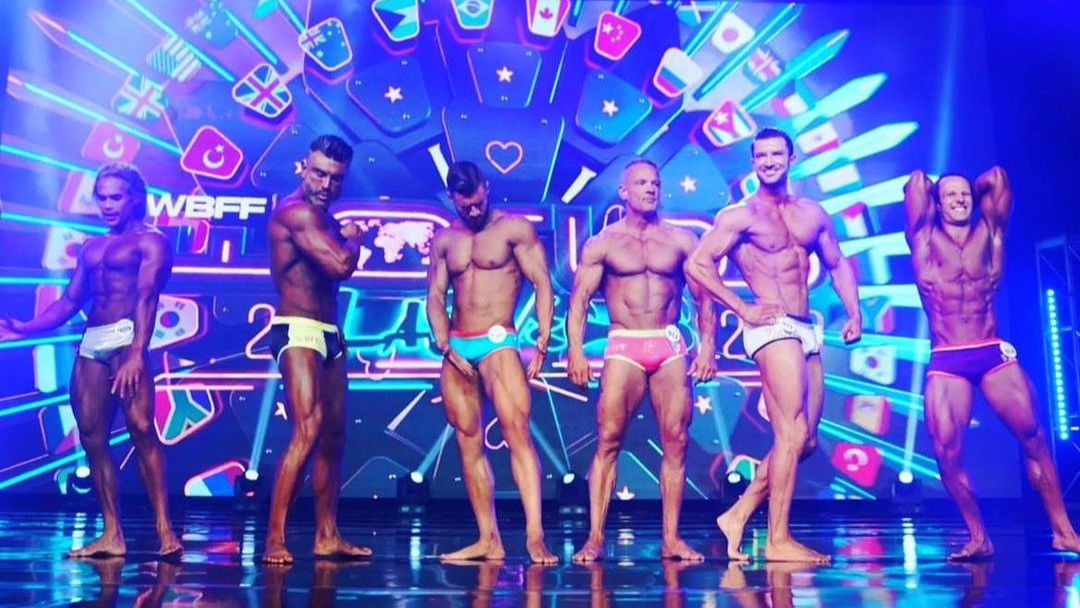

Not to be confused with the former WWE boss Vince McMahon’s ill-fated World Bodybuilding Federation (WBF), the World Beauty Fitness and Fashion Entertainment (WBFF) is one of a kind. The organization is different from other bodybuilding organizations or federations in many ways. Founded by former IFBB Pro Paul Dillett, the WBFF has bodybuilding at its core.
Watch What’s Trending Now!
While Paul Dillett never won a Mr. Olympia, he was among the biggest mass monsters of the 1990s. Yet the 1996 Arnold Classic winner came up with the idea to promote and present bodybuilding from a different perspective. So, he founded the WBFF, a unique organization that aims to blend bodybuilding and fitness with modeling and fashion.
ADVERTISEMENT
Mixing bodybuilding and mainstream fashion?
Your average bodybuilding show showcases athletes who step on stage to show off their physique through mandatory poses. However, the words beauty and fashion play an integral role in how WBFF contests play out. besides showing off their physique, contestants also show off their sense of style, beauty, and stage presence. Many categories don’t even have mandatory poses or routines.
Speaking of categories, the WBFF has plenty of divisions and there are more women’s divisions than men’s. This is also a rarity in your standard run-of-the-mill bodybuilding content. The women’s divisions are similar to the IFBB women’s divisions. The WBFF has Diva Bikini, Diva Wellness, Diva Fit, and Diva Figure divisions. However, the similarities end with the names.
Top Stories
Everything You Need to Know About Mr. Olympia’s Sole Owner Jake Wood, Who Also Brought Ms. Olympia Back

Why Tadalafil Is Used in Bodybuilding: Is It Actually Safe and Effective?

Decades After Brutal Training, 65 YO Veteran Bodybuilder Unveils His Secret to ‘Keeping…Shape for Health, Wellness, and Longevity’
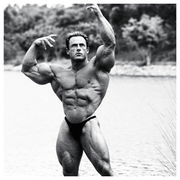
Retired for Almost Four Decades Now, Bodybuilding Legend Tom Platz Gives His Take on Modern Bodybuilding
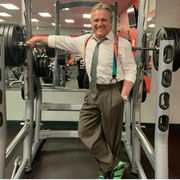
“OnlyFans Killed His Reputation”: IFBB Pro Faces Backlash Over Past OnlyFans History Amid Physique Update
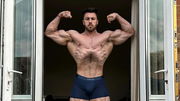
The WBFF women’s divisions have different judging criteria than the IFBB contests. The primary goal of a Diva Bikini contestant is to “display their unique and glamorous style.” Meanwhile, Diva Wellness competitors require a “fuller lower body physique,” according to the WBFF website. Athletes competing in the Diva Fit and Figure division must display increasingly muscular physiques.
ADVERTISEMENT
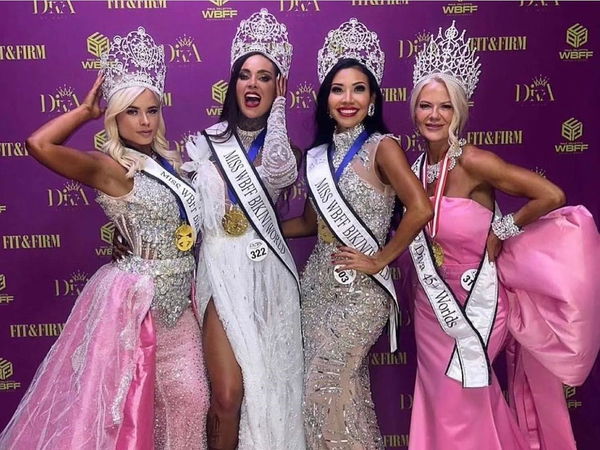
ADVERTISEMENT
Many divisions have two rounds of judging, and the second round contains the unique elements of the WBFF. Bikini competitors must wear gowns in the second round, while Diva Figure competitors must appear in theme wear. The participants are allowed to be creative with their dresses, and overall presentation takes precedence over their physique.
Men’s divisions have similar rules. Male Fitness, Male Muscle, and Male Physique divisions are similar to their IFBB counterparts. However, the second round of judging is quite dissimilar to the average bodybuilding show. Male contestants also show off their sense of fashion during round two. There are also three divisions that men and women share.
ADVERTISEMENT
Transformation, Runway, and Ink are the three common divisions. The transformation division contains contestants who have pulled off the most impressive bodybuilding transformation. Male and female ink divisions are also unique, featuring bodybuilding and fitness athletes who have multiple tattoos covering their bodies. However, the differences between the IFBB and WBFF are even more numerous.
How the WBFF is different from the world’s premier bodybuilding organization
The IFBB is decades older than Paul Dillett’s WBFF, which he founded in 2007. In an interview, Dillett explained that he has no interest in developing a rivalry with the IFBB. “IFBB made me who I am. Joe Weider (the IFBB co-founder), Jim Manion, and Wayne Demilia helped to make Paul Dillett,” said the former bodybuilding champion.
ADVERTISEMENT
While the WBFF has a similar division structure to the IFBB, the judging criteria are different. There is no place for “beauty” or “fashion” at the Mr. Olympia or other IFBB-sanctioned shows. The WBFF Male Fitness and Muscle contestants have to wear formal attire during round two. Meanwhile, the IFBB scoring works with a points system.

ADVERTISEMENT
Every contestant has to display their physique through mandatory poses like the front-double biceps, abs and thighs, and side triceps, to name a few. Pre-judging and finals are no different, and the finals are more of the confirmation round in IFBB contests. Bodybuilders are also judged on muscularity, conditioning, and posing.
While stage presence might win a contestant a People’s Champion award, it won’t play a part in earning someone a Mr. Olympia title. So, the WBFF and the IFBB promote bodybuilding quite differently. While Paul Dillett’s organization blends bodybuilding and modeling, the IFBB has maintained its pure bodybuilding approach since Joe and Ben Weider founded the organization in 1946.
ADVERTISEMENT
ADVERTISEMENT
ADVERTISEMENT
ADVERTISEMENT

